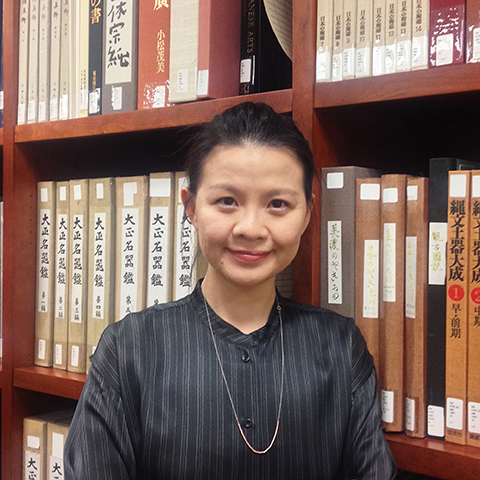
to top

交流项目
彭盈真博士在阿姆斯特丹荷兰国立博物馆(Rijksmuseum)进行了七个月的研究(2019年1月至8月),了解博物馆以及该地区的亚洲陶瓷收藏,以厘清十九世纪欧洲的亚洲艺术收藏,对美国收藏家的影响。
简历
彭盈真博士为美国华盛顿美利坚大学中国艺术史助理教授,专攻近现代中国物质文化,尤其侧重性别议题与十九、二十世纪工艺美术的全球化交流。她曾出版论文探讨慈禧太后之艺术赞助活动,并策划慈禧太后颐和园艺术品收藏专题展览。
近期发展和参与项目
彭盈真博士正在完成有关在19世纪美国建立东亚工艺美术收藏品的研究项目。她还将在未来五年内开展两个新的研究项目:一个是当前项目的延伸,研究钧窑对现代西方陶瓷艺术品的影响;另一个是研究中国最后一位御窑大师郭葆昌,把他对瓷器制造的贡献、对中国陶瓷现代学术研究的影响,以及他在20世纪初期参与古董贸易的争议联系起来。
精选出版